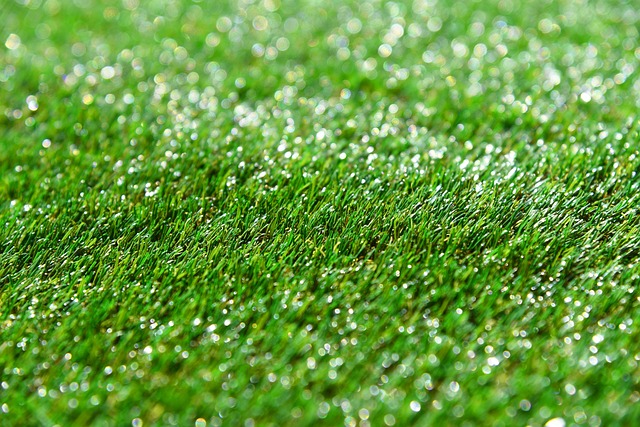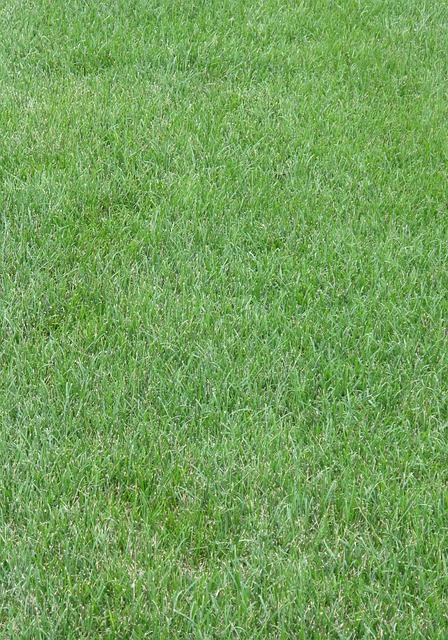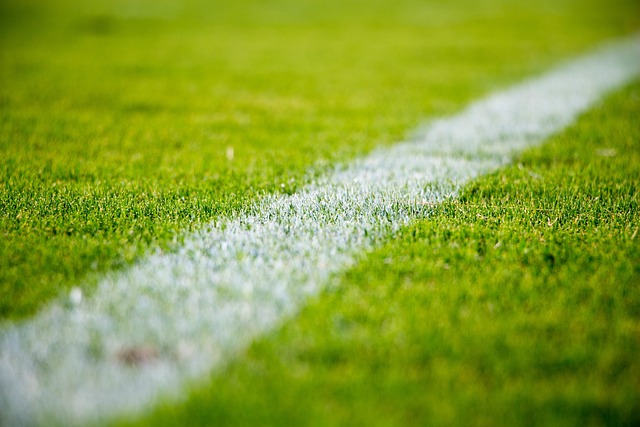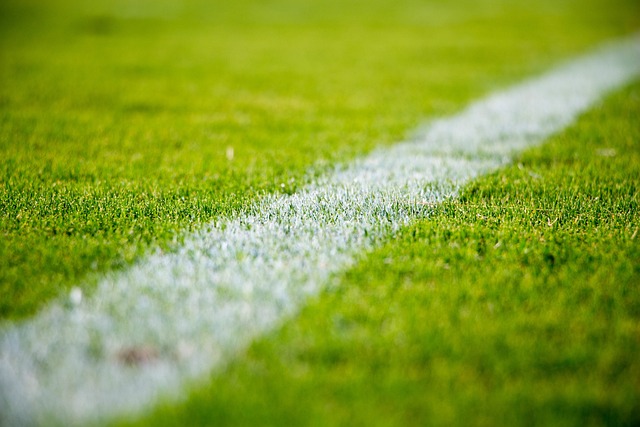Artificial grass installation is a detailed process that involves careful planning and consideration of factors like space size, soil type, drainage, and sunlight exposure to ensure it's cost-effective and well-suited to your environment. Selecting the right artificial turf requires evaluating different thicknesses, pile heights, and materials, each affecting durability and maintenance. Proper ground preparation is essential for longevity and performance, and budgeting for both materials and labor, including infill, is crucial. Choosing high-quality products from reputable suppliers at competitive prices can provide aesthetic appeal and long-term cost savings. Artificial grass eliminates the need for watering and mowing, leading to significant savings on water bills and time. It's a resilient choice for low-maintenance landscaping that can withstand high traffic and adverse weather without losing quality.
When transitioning to artificial turf, it's important to plan for all costs associated with the installation, considering both immediate and future expenses. A detailed budget should include preparation work like excavation and base layering. Selecting the right turf type that matches your needs and local climate is key; factors like UV protection, drainage efficiency, and fiber density will impact the turf's performance. Infill materials can enhance stability and safety. DIY installation offers a cost-effective alternative to professional services, provided it's done correctly with attention to detail. Regular cleaning and maintenance are necessary for preserving the turf's condition, ensuring it remains green and appealing while extending its lifespan. Artificial grass is a superior choice over natural grass for its long-term savings, minimal upkeep, and consistent appearance throughout the year.
Considering an upgrade to your outdoor space with cost-effective solutions? Artificial grass presents a durable and eco-friendly alternative to natural turf. This article delves into making your yard lush and low-maintenance without breaking the bank. We’ll guide you through evaluating your space for artificial turf, budgeting effectively for installation, selecting the ideal type of grass that withstands your regional climate, and executing a DIY installation to slash labor costs. Plus, we’ll cover essential maintenance tips to maximize the longevity and savings of your artificial grass investment. Transform your landscape with turf that’s both attractive and economical.
- Evaluating Your Space for Artificial Turf: Key Considerations for Cost-Effective Installation
- Budgeting for Your Artificial Grass Project: Understanding the True Costs and Savings
- Selecting the Right Type of Artificial Turf for Your Needs and Climate
- Step-by-Step Guide to DIY Artificial Grass Installation: Saving on Labor Costs
- Maintaining Your Artificial Turf Investment: Long-Term Cost Savings and Care Tips
Evaluating Your Space for Artificial Turf: Key Considerations for Cost-Effective Installation

When considering the installation of artificial grass, evaluating your space is a critical step to ensure both cost-effectiveness and suitability. Factors such as the size of the area, soil composition, existing drainage systems, and sunlight exposure must be taken into account. Artificial turf comes in various thicknesses, pile heights, and materials, each affecting durability and maintenance needs; thus, selecting the right type for your environment is essential. Proper ground preparation, including clearing debris and ensuring a level surface, is paramount before laying the artificial grass to maximize its longevity and performance. By carefully planning and choosing high-quality turf products, you can create an aesthetically pleasing and low-maintenance landscape that remains cost-effective over time.
In addition to physical considerations, budgeting for the installation process is a key aspect of maintaining cost efficiency. The cost of artificial grass installation varies based on factors like labor, materials, and additional features such as infill and subbase stabilization. Opting for professional installation services can mitigate potential mistakes and ensure the best results. To further enhance cost-effectiveness, consider purchasing materials from reputable suppliers offering competitive pricing without compromising on quality. By thoughtfully evaluating your space and budgeting accordingly, you can achieve a successful artificial turf installation that combines both affordability and functionality.
Budgeting for Your Artificial Grass Project: Understanding the True Costs and Savings

When contemplating the installation of artificial grass, or turf, in your outdoor space, it’s crucial to meticulously plan your budget to accommodate both immediate and long-term costs. Artificial grass offers a cost-effective alternative to natural grass by eliminating the need for regular maintenance such as mowing, watering, and fertilizing. This not only saves time but also reduces water usage significantly, leading to substantial savings on utility bills over time. Additionally, the durability of artificial turf ensures that it can withstand heavy use and harsh weather conditions without degrading, making it a wise investment for both residential and commercial properties.
To ensure a comprehensive budget, consider not only the cost of the turf material itself but also the preparation and installation processes. These may include excavation, base layer construction, edging, and the actual laying of the artificial grass. It’s advisable to obtain multiple quotes from reputable suppliers and installers to compare costs and services offered. Moreover, evaluating different turf types based on their quality, warranty, and drainage properties can help in selecting the most suitable option for your specific needs, ultimately leading to greater cost-effectiveness over the lifespan of the product. By carefully considering these factors upfront, you can make an informed decision that balances initial investment with long-term savings.
Selecting the Right Type of Artificial Turf for Your Needs and Climate

When considering the installation of artificial grass, selecting the right type of turf for your needs and climate is paramount to ensure both functionality and longevity. Artificial grass variants come in diverse fibers and pile heights, each designed to cater to different environments and usage patterns. For instance, taller and denser fibers are ideal for high-traffic areas or areas where real grass struggles to thrive due to harsh conditions. Climate is another critical factor; residents in arid regions should opt for turfs with UV protection to prevent fading and degradation caused by intense sun exposure. Additionally, drainage capabilities of the artificial grass can be a deciding factor for regions prone to heavy rainfall, as the best turf options will facilitate water runoff while maintaining a stable surface.
To further narrow down your choices, consider the specific conditions of your intended installation area. If you’re looking to replace a natural lawn that experiences both sunny and shady areas, a versatile artificial grass with heat-resistant yarns and a resilient backing system would be most suitable. This ensures that the turf maintains its quality and appearance across different lighting conditions. Moreover, the infill material used beneath the turf can also influence your decision; materials like sand or rubber can offer additional stability and shock absorption, which is particularly important in areas with significant foot traffic or where children may be playing.
Step-by-Step Guide to DIY Artificial Grass Installation: Saving on Labor Costs

Opting for DIY artificial grass installation can significantly reduce labor costs associated with natural grass maintenance or professional turf installation. By following a systematic approach, homeowners and property managers can achieve professional-looking results without the hefty price tag. Begin by thoroughly measuring your space to determine the amount of turf required, ensuring a precise fit for your area. Carefully prepare the base by removing all existing vegetation, then lay down a geotextile membrane to prevent weed growth and protect the soil from degrading.
Next, excavate the designated area to a depth of about 10-15 centimeters, and level the ground with compacted sand or granite dust for proper drainage. Once the subbase is prepared, roll out the artificial grass turf, starting from one corner and smoothing it as you go, making sure there are no wrinkles or bumps. Secure the turf by nailing every few feet along the edges with landscape pins, and use adhesive on the perimeter where the turf meets hard surfaces to ensure a seamless finish. With each step carefully executed, DIY artificial grass installation is an achievable endeavor that combines cost-efficiency with a durable, low-maintenance solution for your outdoor spaces.
Maintaining Your Artificial Turf Investment: Long-Term Cost Savings and Care Tips

Investing in artificial turf offers a multitude of benefits beyond its initial installation. Unlike natural grass, which requires continuous maintenance, including mowing, fertilizing, and pest control, artificial grass is designed for low upkeep, translating to significant cost savings over time. These savings accumulate as homeowners and commercial property owners avoid the recurring expenses associated with traditional lawn care. Moreover, artificial turf remains lush and green year-round, providing a consistently attractive landscape without the seasonal maintenance demands of natural grass. To maintain your artificial turf investment, regular cleaning is essential to remove debris and prevent soil buildup, which can affect the grass’s appearance and durability. Lightly brushing or raking the turf weekly helps to keep it free of dirt and leaves, while periodic professional cleaning every few years removes stubborn stains and sanitizes the surface, further extending its lifespan. By adhering to these care tips, your artificial turf will continue to offer a cost-effective, low-maintenance alternative to natural grass for many years.
In conclusion, investing in artificial grass offers a cost-effective and low-maintenance alternative to natural turf, with significant savings on long-term care and potential labor costs. By carefully evaluating your space, setting a realistic budget, choosing the optimal type of artificial turf tailored to your climate, and considering a DIY installation approach, you can maximize both financial savings and satisfaction. Regular maintenance will ensure your investment remains lush and inviting for years to come. Embracing artificial grass not only elevates your outdoor space with its durable and realistic appearance but also proves to be a wise choice for eco-conscious homeowners and budget-minded property owners alike.
